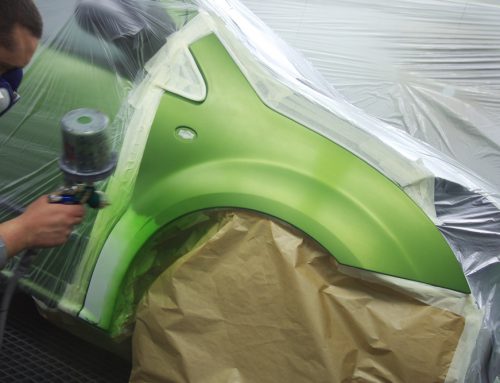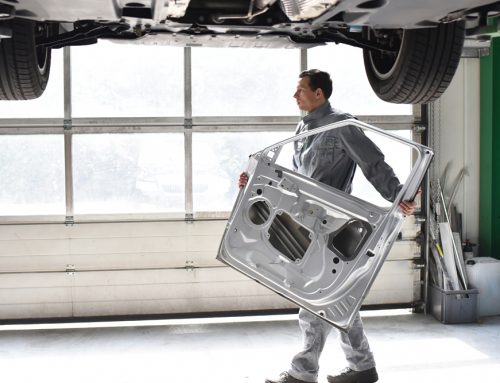For Capacity Month at Progi, I had a conversation with Charles Aubry about what he calls the three platinum rules of collision shops.
These rules, he says, are like the eggs, flour, and yeast in a bread recipe: each ingredient is essential. Likewise, to have a successful and profitable collision shop, three ingredients are necessary, which all precede the repair work itself: appraisal, parts process, and production schedule.
The key to maximize gains for your collision shop is to think of these three elements in relation with one another.
When all the ingredients are perfectly blended, the dough will rise.
In Rule number 1, we discussed the importance of a good appraisal. We then looked at the benefits of organizing the parts purchasing, management and inventory process. In this third and final section, we will look at planning and optimizing the production schedule.
Rule #3: A Fluid and Dynamic Schedule
A quality appraisal allowed us to determine the number of worked hours at the shop and the specific list of parts to purchase. The parts management staff communicated with the appraiser, purchased the right parts, and assigned them to the vehicle to be repaired. With all this information in hand, it’s now time to plan the repair itself.
Charles Aubry tells us that a common practice in the industry is to say, for example, “Here we repair 15 cars a week” and then receive these vehicles at the beginning of the week in the hope of delivering them on Friday.
However, he adds that there are many problems with this approach. Imagine, for example, a week when most vehicles only require minor work. The workshop will not reach its full capacity and it will be difficult to be profitable under these conditions. Conversely, if half of the vehicles require more than the average repair time, this could create overload, bottlenecks, and disrupt the schedule for the following weeks.
On this last point, Charles adds that, as far as he knows, the collision shop industry is the only one where overwork can be fatal. Not only can customer service suffer considerably, but the costs associated with delays (ordered parts surplus, cost of renting loaner vehicles, etc.) multiply very quickly.
A different approach may show you that your collision shop has more capacity than you think, and that you can do more and better without losing your shirt. Here are some tips on how to maximize your collision shop’s potential.
First, good planning starts with a good assessment of your capacity.
To do this, don’t base your calculation on the number vehicles, it is more useful to calculate based on the number of worked hours at the shop. Your shop’s optimal workload is calculated based on how many technicians you have and on their productivity (see the article Work in Progress at the Shop: Consequences of Too High a Load). Once you have a good idea of your capacity, the estimate allows you to determine the number of hours required for each vehicle, and to plan your schedule accordingly.
Secondly, it is preferable to receive and deliver vehicles every day of the week.
By accepting vehicles requiring different volumes of work each day (using, for example, a severity scale ranging from minor to very long jobs), you can organize your production schedule as you go (see the article Optimize your Capacity by Receiving and Delivering Every Day). This allows you to maximize your capacity while remaining flexible for urgent or unexpected work. You can even get a head start if there are gaps in the schedule.
Tools like ProgiPlanning are very useful to organize your schedule in sync with the entire collision shop team. By gathering information about production capacity at your shop, the number of work hours calculated during the appraisal and the parts delivery time, you will have all the elements in hand to reach your maximum potential in the workshop. You’ll stay fluid while avoiding overload, in short, you’ll maintain a good balance.





